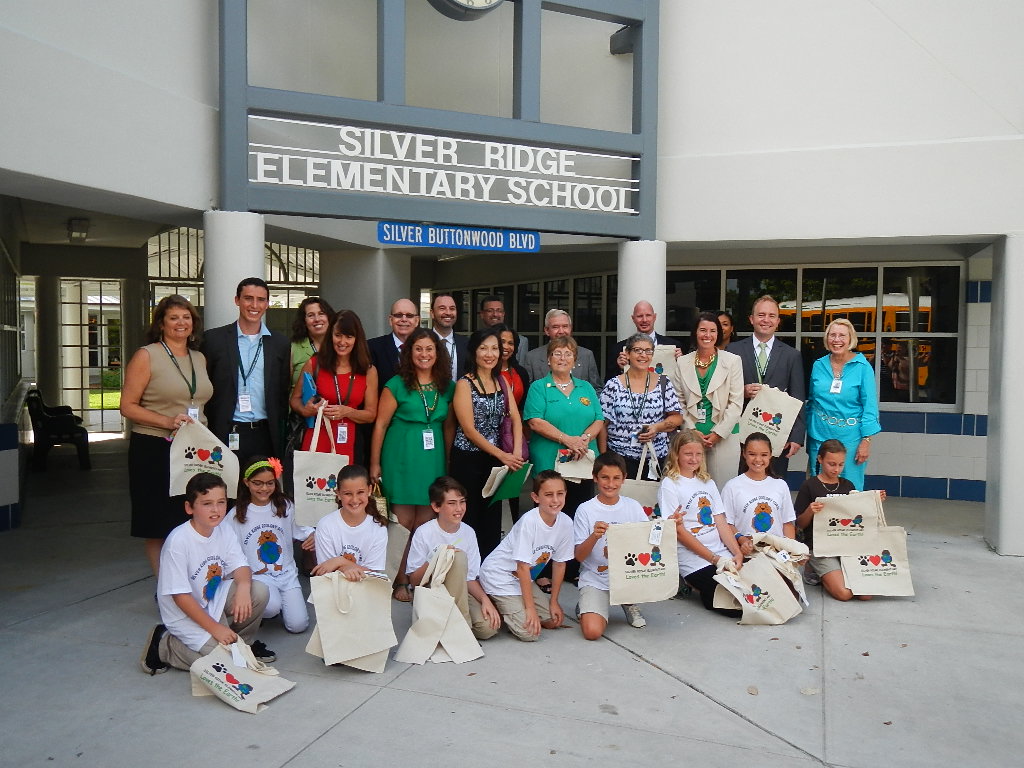
Ed. Note: This post introduces you to Commissioner Kristin Jacobs of Broward County, Florida.
Here in Broward County, Florida, we are blessed to enjoy a bounty of natural resources—from the unique Everglades on our western border, to the beaches and coral reefs of the Atlantic Ocean coast to our east. But we also recognize that our young people are a tremendous homegrown natural resource. We were delighted that the U.S. Department of Education came to south Florida on September 4 and 5 to recognize our Broward County Public Schools, a U.S. Department of Education Green Ribbon Schools District Sustainability Awardee, as part of its Green Strides Best Practices Tour celebrating schools that reduce environmental impact and costs, improve health and wellness, and teach environmental education. This celebration also helped to remind us that September is National Preparedness Month, an opportunity for local, state, and federal leaders to bring collective attention to the importance of emergency preparedness and resilience in our communities.
Broward County government has a long-standing partnership with the Broward County Public Schools, working to integrate environmental conservation and sustainable best practices into student education, educator training, and facilities management. While this collaboration has generated immediate benefits, promoted the sharing of technical resources, and supported a STEM-based curriculum, these joint investments have also furthered our regional efforts to build a climate-resilient community. Our efforts have involved the installation of drought-tolerant landscapes, expansion of native habitat into the urban landscape, establishment of edible school gardens, and promotion of resilient energy systems, along with comprehensive classroom and community discussions of climate, water issues, sea level rise, and the connection between our urban and natural landscapes.
As a member of the President’s State, Local, and Tribal Leaders Task Force on Climate Preparedness and Resilience, I have gained a heightened appreciation of the pressures that climate change poses to diverse communities across the nation. Cities, regions, and states all face community and economic risks from extreme weather and other hazards. As a nation, our ability to withstand these risks depends not only upon successful disaster preparedness planning, but also upon smart investments in community development, infrastructure upgrades, and even in the way we operate our schools.
As we celebrate National Preparedness Month, I would like to celebrate the leadership of President Obama in making climate resilience a focus of federal programs and activities. Working together, we can improve our communities’ security, economic health, and quality of life even in the face of climate impacts and natural disasters. Our natural resources—both our ecosystems and our young people—are counting on us to succeed.
Kristin Jacobs is Broward County Commissioner and a member of the President's State, Local, and Tribal Leaders Task Force on Climate Preparedness and Resilience.


